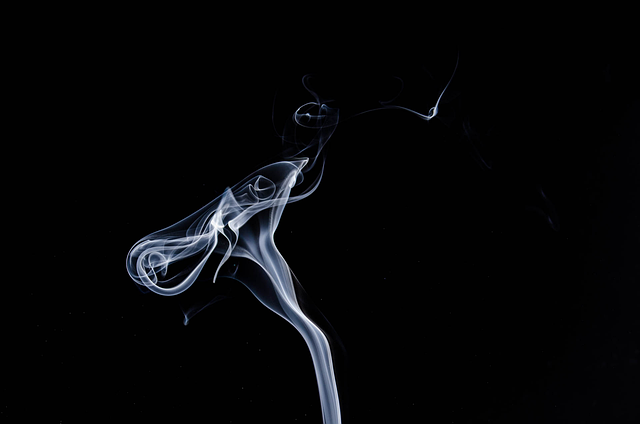# The Evolution of AI Art: How Machine Learning is Shaping the Future of Visual Expression
## The Intersection of Technology and Creativity
In recent years, the art world has witnessed a remarkable transformation brought about by advancements in artificial intelligence (AI) and machine learning. This intersection of technology and creativity has not only redefined the boundaries of artistic expression but has also sparked debates about authorship, originality, and the very essence of art itself. As AI algorithms become more sophisticated, they are increasingly capable of generating artworks that challenge traditional notions of creativity.
Machine learning, a subset of AI, allows systems to learn from data and improve their performance over time. This capability has led to the development of various tools and applications that artists can use to create, modify, and enhance their work. From generative art to style transfer, machine learning techniques are enabling artists to explore new dimensions of creativity, often resulting in unexpected and innovative outcomes.
Moreover, the democratization of art creation through AI tools has opened up opportunities for individuals who may not have formal training in the arts. With user-friendly applications, anyone with access to technology can engage in the artistic process, blurring the lines between artist and audience. This shift raises intriguing questions about the role of the artist in the creative process and the implications of machine-generated art on the broader artistic community.
## Generative Art: The Rise of Algorithms
Generative art, a form of art created with the use of autonomous systems, has gained significant traction in recent years. Artists are increasingly employing algorithms to produce unique pieces of art that are often unpredictable and complex. By using procedural generation techniques, artists can create intricate patterns, shapes, and compositions that would be nearly impossible to achieve through traditional methods alone.
Notably, generative adversarial networks (GANs) have emerged as a powerful tool for creating visual art. These networks consist of two neural networks—the generator and the discriminator—that work in tandem to produce and evaluate images. The generator creates new images, while the discriminator assesses their authenticity against a dataset of existing artworks. This back-and-forth process leads to the generation of highly realistic and original images, pushing the boundaries of what is considered art.
Furthermore, many artists are embracing the collaborative potential of AI in the creative process. By integrating AI as a co-creator, artists can experiment with new styles and techniques, allowing for a fusion of human intuition and machine precision. This collaboration not only enriches the artistic experience but also challenges the traditional roles of creator and creation, prompting a reevaluation of the nature of artistic authorship.
## Redefining Authorship and Originality
As AI-generated art gains prominence, the question of authorship becomes increasingly complex. Traditionally, the artist is seen as the sole creator of a work, imbued with personal intention and emotion. However, when machines are involved in the creation process, the lines of authorship blur. Who is the true creator of an AI-generated artwork—the artist who programmed the algorithm, the algorithm itself, or the data that informed its learning?
In 2018, a portrait created by an AI algorithm named Edmond de Belamy was auctioned at Christie’s for an astonishing $432,500, igniting discussions about the value of machine-generated art. This event underscored the shifting perceptions of originality and value in the art market. Collectors and critics are now grappling with the implications of AI art, questioning whether a piece created by an algorithm can hold the same significance as a work crafted by a human hand.
Additionally, the use of AI raises ethical considerations regarding copyright and intellectual property. As algorithms generate art based on existing styles and datasets, concerns arise about potential plagiarism and the appropriation of artistic styles. The art community must navigate these challenges as it embraces the possibilities offered by AI while maintaining respect for the traditions and rights of human artists.
## The Future of AI Art: Possibilities and Challenges
Looking ahead, the future of AI art presents both exciting possibilities and formidable challenges. On one hand, the integration of AI into the creative process promises to unlock new avenues of expression and innovation. Artists can leverage AI to explore uncharted territories of creativity, pushing the limits of their imagination and producing works that resonate with contemporary audiences.
Conversely, the rise of AI in art raises critical questions about the role of human creativity in an increasingly automated world. As machine learning algorithms become more adept at generating art, the significance of human touch and emotional depth in artistic expression may be called into question. Will audiences continue to value the unique perspectives of human artists, or will they embrace the allure of machine-generated aesthetics?
Moreover, the art community must grapple with the implications of AI on the job market for artists and creative professionals. While AI tools can enhance productivity and streamline workflows, they also pose a threat to traditional roles within the industry. As the landscape of art continues to evolve, artists and institutions must adapt to the changing dynamics, finding ways to coexist with technology while preserving the essence of human creativity.
In conclusion, the evolution of AI art marks a pivotal moment in the history of visual expression. As machine learning continues to shape the creative process, artists are presented with unprecedented opportunities for exploration and collaboration. However, the accompanying challenges related to authorship, originality, and the future of human creativity demand thoughtful consideration. As we navigate this new frontier, the dialogue between technology and art will undoubtedly continue to evolve, shaping the future of artistic expression for generations to come.

